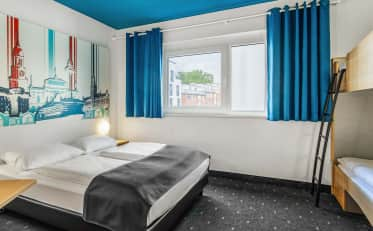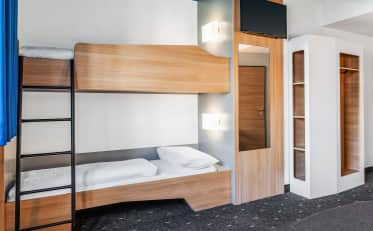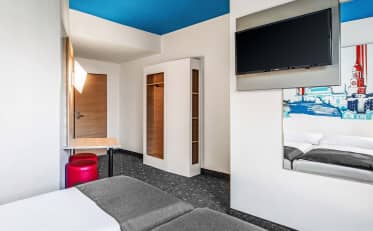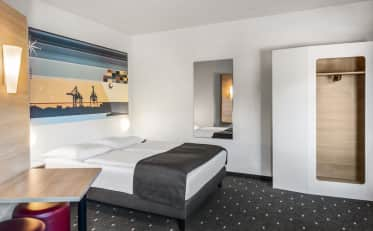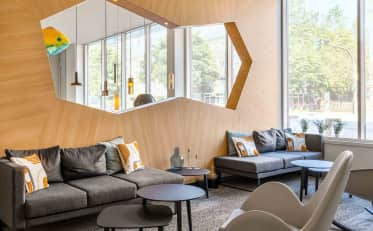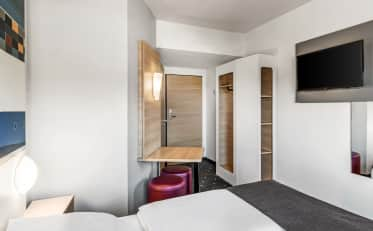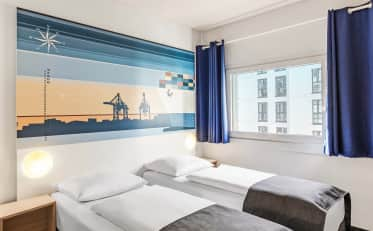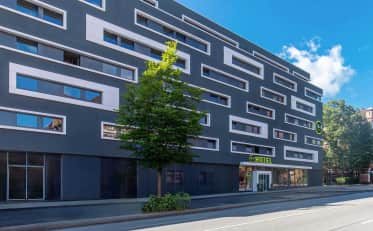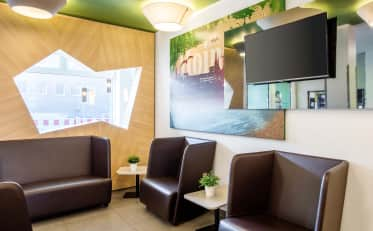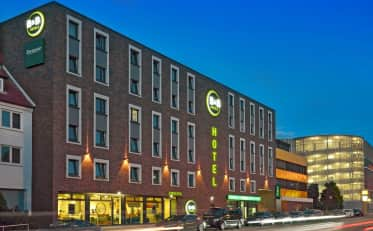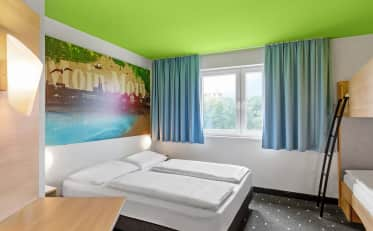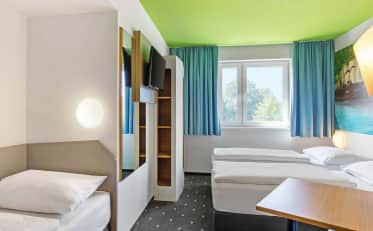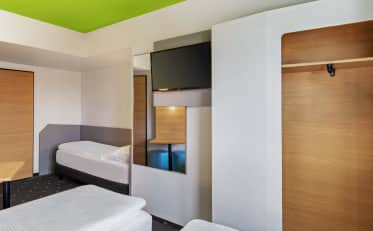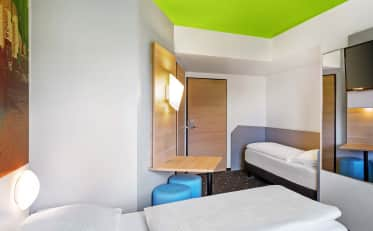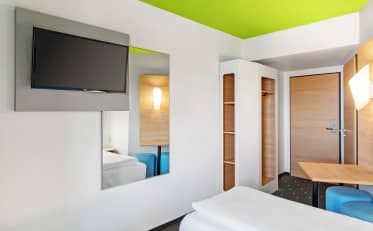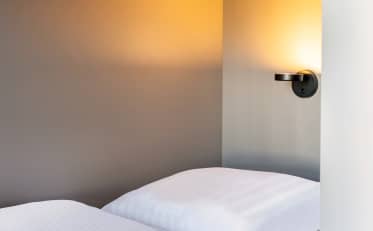History of the Altona Museum
The former public museum was founded at the end of 1863 as a result of civic commitment in order to tell the exciting history of Altona using medals, coins, paintings and everyday objects. At that time, the Hamburg district of Altona and the duchies of Holstein, Schleswig and Lauenburg were still part of the Danish state. Only a few years later, around 1900, Altona gained the status of a free city. An elaborate new museum building was planned, and shortly afterwards the Public Museum was transferred to the Altona Museum at its current location. Under the leadership of Otto Lehmann, the history of the region was now presented in a new and more vivid way. To give the general public access to the growing museum, more models, presentations and dioramas were used. The concept was revolutionary and ensured that the new Altona Museum caused a sensation internationally as one of the most modern museums in Europe and was gradually expanded in the following years. One external location that still delights the many visitors today is the Jenisch Haus in the park of the same name, which opened in 1939. One of the museum's best-known external locations, the Jenisch Haus in the park of the same name, opened in 1939. At the end of the 1990s, the Altonaer Museum became an independent foundation, which was reformed at the beginning of the new millennium. And the newly created Children's Olympics in particular has been delighting museum visitors young and old ever since.






















